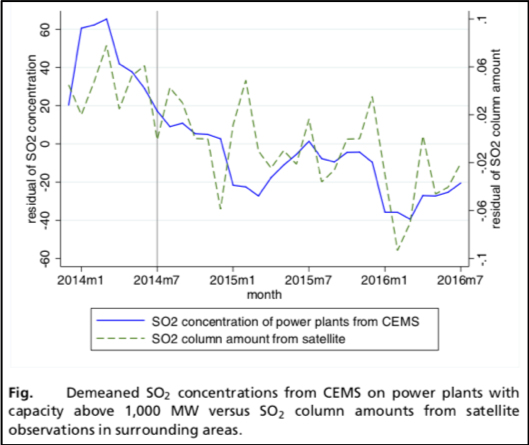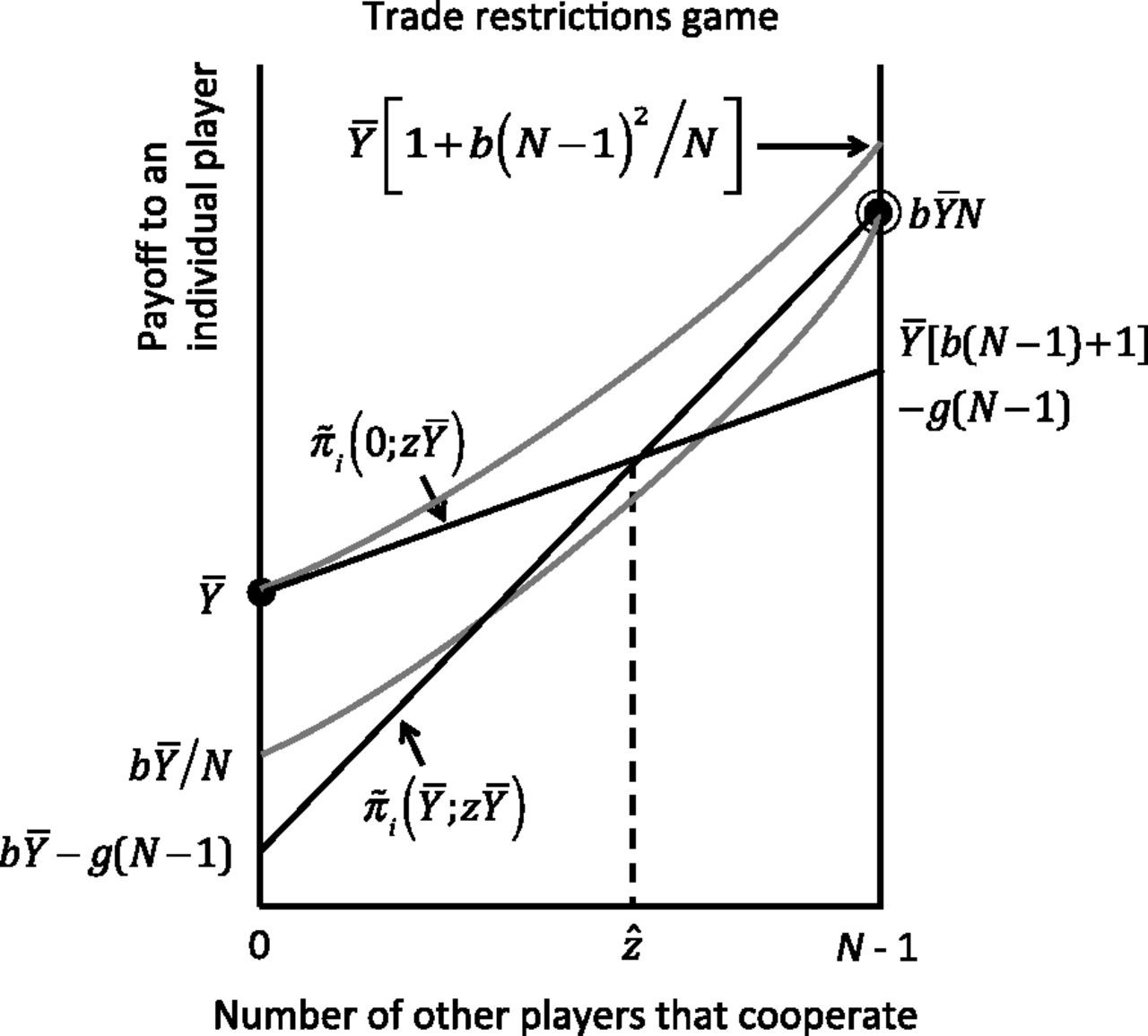Policy makers are increasingly testing innovative ways for regulating pollution—over the past decade, market-based environmental regulations have become a leading option. CEEP affiliates examine the role of these policies and whether they shift the pollution burden on various socio-economic groups.


